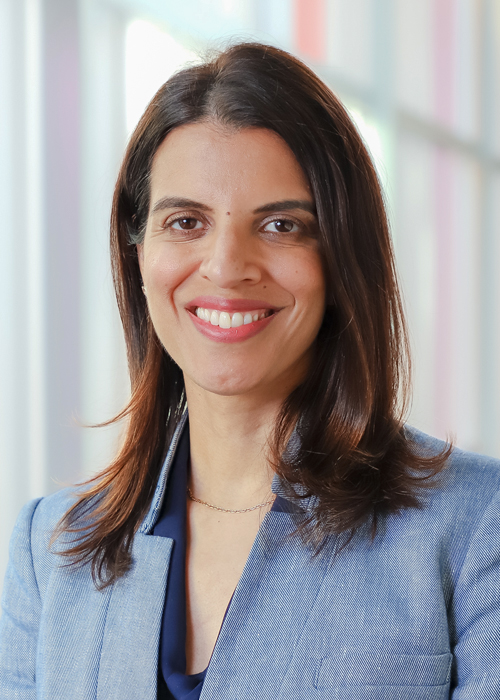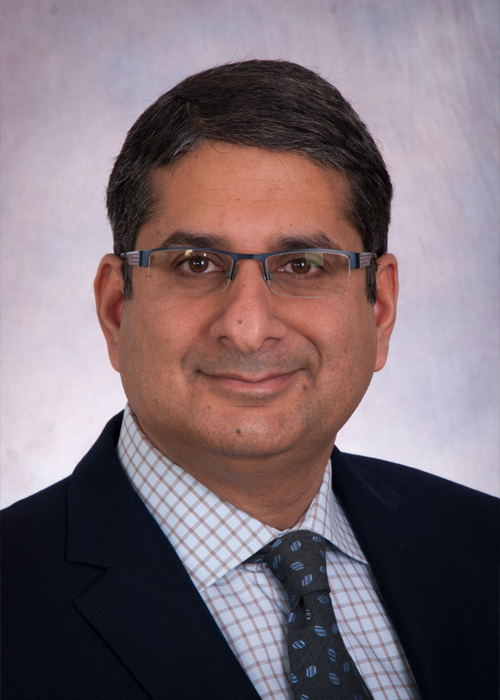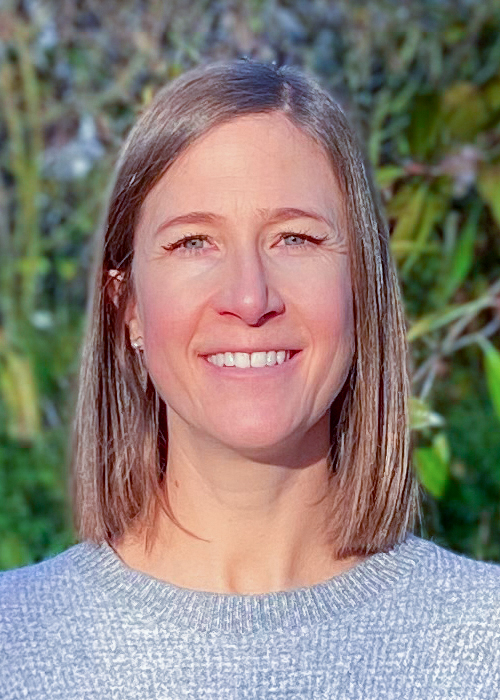
Receiving a diagnosis of type 1 diabetes (T1D) for their child can be overwhelming for a family. And it was no different for Tienne and Andreas Schaub, when on April 4th 2022, they learned their daughter Leia had T1D.
To honour Leia’s first year ‘diaversary’ (anniversary of her T1D diagnosis date) the family has put together a team for Vancouver’s Sun Life Walk to Cure Diabetes for JDRF, and Leia has the taken on the role of being the BC Ambassador – something the family considers a privilege.
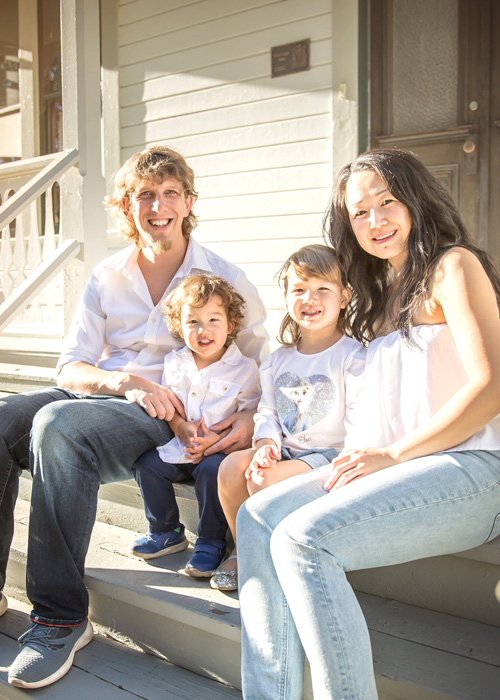
“Over the past year, we have learned a tremendous amount as a family and have adapted to the new lifestyle. Leia continues to be strong and brave every day. From hiding under the table, crying, and refusing to let us give her an insulin injection, to now doing her own finger pokes, knowing how to read her blood glucose levels and what to do when she is having a low, and even prepping the needles for her shots – all amid starting kindergarten. Pretty amazing for a 5-year-old! She is our hero,” say Tienne and Andreas.
Like many families, the Schaubs recall noticing out of character behaviour from their daughter in the days leading to Leia’s diagnosis.
“We still vividly remember the day she was diagnosed. For the week leading up to it, we noticed that she was always thirsty and going to the bathroom more than usual. She also seemed to be triggered more easily and very emotional. We started looking up the symptoms and everything pointed to diabetes. We thought “that can’t be, right? No one in our family has type 1 diabetes,” remember Tienne and Andreas.
“On the Sunday before her diagnosis, she became lethargic and just wanted to lie around all day – not normal for a 4-and-a-half-year-old. So, the next day, we brought her to the doctor and within two hours of getting her blood work, we were called to bring her to emergency right away as her blood glucose was in the forties when it should be between 4-8. Those first few hours seemed like days as we watched her cry and yell as she was afraid to get her finger pokes and had to hold off eating and drinking. Her emotions were out of her control due to her high blood glucose levels, and she was screaming and kicking around in her hospital bed. We have never seen her like that before,” they continue.
There are an estimated close to 300,000 Canadians living with T1D – and this number is increasing at an alarming rate.In fact, Canada now has the fifth highest incidence rate of T1D in children aged 14 years and younger in the world, and researchers still don’t know why.
And while Tienne and Andreas recognized some signs and symptoms of T1D that Leia was experiencing, many parents don’t make the connection to diabetes until it’s a medical emergency. The prevailing medical wisdom used to be that T1D developed quickly, with a sudden onset of symptoms. Thanks to advances in screening and a better understanding of the human immune system, we now know that T1D does not develop suddenly but in fact the disease process usually starts long before insulin is required. Because most people do not have a family history of T1D, symptoms and a diagnosis often come out of the blue. In 25-45% of diagnoses in children in Canada, this unexpected diagnosis comes with diabetic ketoacidosis (DKA).
Fortunately for Leia, the family was lucky to have caught her T1D early enough that she did not go into DKA which can be life-threatening and result in a prolonged stay in ICU. They were allowed to go home after a one night stay in the hospital.
Eventually after the insulin she needed started to kick in, Leia became her normal self again. The family was very grateful to everybody at BC Children’s Hospital for being extremely supportive and helpful in guiding them through those first few challenging days. There were even two clowns who visited the family during their hospital stay that brought a lot of joy to Leia.
Over the next few days, the family went back to the hospital to learn how to manage type 1 diabetes together. This is a disease that affects an entire family, and the Schaubs along with their extended family approached Leia’s care as a collective.
They quickly came across JDRF and within the first two weeks after Leia’s diagnoses, they received a Bag of Hope, a toolkit with useful resources for children and teens who have been diagnosed with T1D and their caregivers. Along with educational materials, the Bag of Hope includes Rufus, the Bear with Diabetes® — to help show children that they are not alone while learning to take injections and test blood glucose levels.
JDRF also helped to connect Tienne and Andreas with peer support within one week of Leia’s diagnosis, which was extremely helpful to answer all the random questions they had and to talk to another parent who had gone through the same experience.
Part of the reason why Tienne and Andreas joined the Sun Life Walk to Cure Diabetes is to help educate others who don’t have personal experience with T1D on how much a life and family is changed by a diagnosis, and why funding the research towards cures is so important.
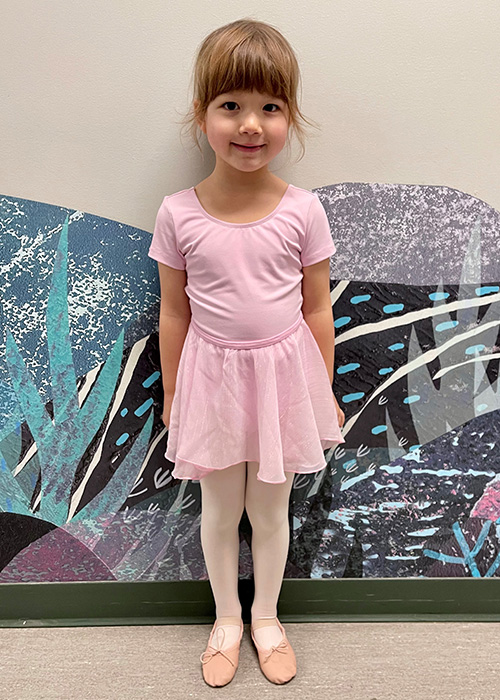
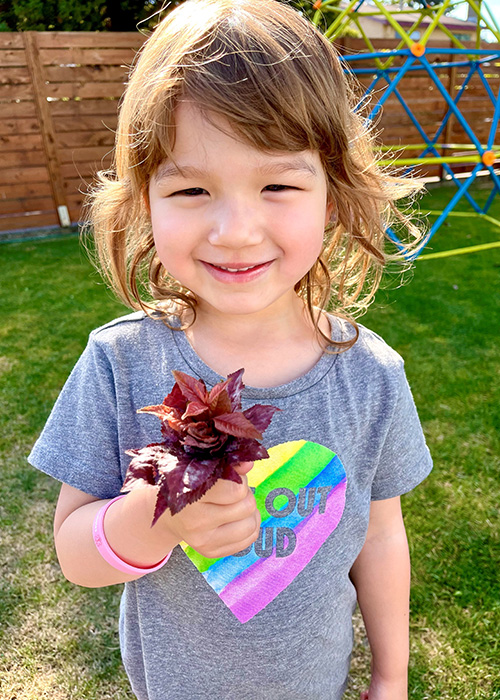
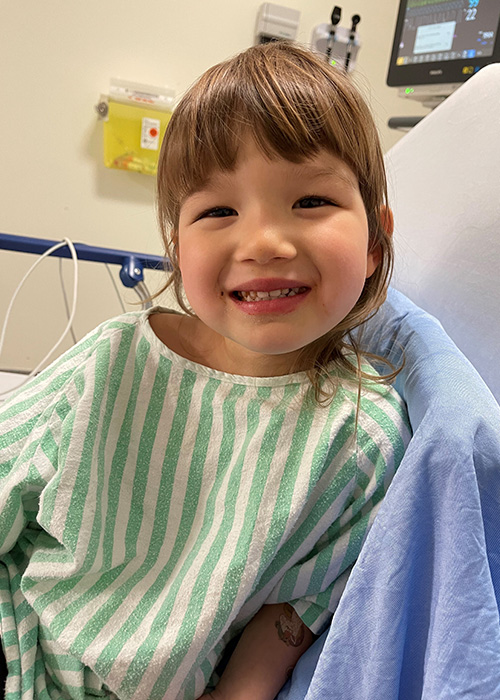
“Leia (or any person with T1D) needs to check her blood glucose level at least 4-5 times a day (before every meal, at bedtime, whenever there are symptoms of a low/high) through finger pokes drawing blood that then gets applied to a glucometer. We did this process for the first few months after diagnosis and often checked her at night as well (midnight and 3am) by doing extra finger pokes to catch a low that might happen overnight and would otherwise go unnoticed. Lots of sleepless nights for us at the beginning and lots of sugar tablets and snacks in the middle of the night for Leia to get her blood glucose back to a safe range,” they explain.
“Now we use a CGM (continuous glucose monitor) which is a sensor that Leia wears on her abdomen 24 hours a day. It allows us to monitor her blood sugar remotely even while she is at school. It will also send us alarms on our phones, so we only need to wake her at night when her low blood glucose alarm goes off.
Still – before each meal, we need to calculate the amount of carbohydrates that Leia will eat and give her insulin shots to match the carbs in her food. That’s 4-5 shots a day and sometimes even more, especially during growth spurts or when she has a cold. There were times where we had to give her 2-3 extra shots at night to correct unexpected high blood glucose levels. It’s a constant balancing act. And there are no breaks, no days off,” they continue.
The family recently did the TrialNet screening to see if there was a genetic component to Leia’s T1D. They were especially worried about their younger son Rudi, as having one child with T1D elevates the risk for siblings to develop the disease as well.
“It’s a big relief to have this screening available as there were several times since Leia’s diagnosis where we were worried or paranoid about Rudi developing T1D and we did finger pokes on him too,” says Andreas.
TrialNet screens for specific autoantibodies in the blood that make a T1D diagnosis more likely. Fortunately, at the time of screening, all the family’s tests came back negative for these autoantibodies. Research shows that while first-degree family members of T1D are at an elevated risk of developing T1D, like with Leia – around 85-90% of newly diagnosed cases do not have a direct family connection.
It’s been a tumultuous year of learning to adapt to the ‘new normal’ that comes after a T1D diagnosis in a family, but the Schaubs have already made a commitment to giving back and helping the other families who will come after them on this journey with T1D.
Team Leia’s Unicorns has set an ambitious goal of raising $40,000 for type 1 diabetes research, and the family is confident they will reach it.
“We are walking and fundraising with the hope that one day, there will be a cure – not just for Leia – but for every child and every family affected by type 1 diagnosis. JDRF has been with us from day one and has helped us stay positive throughout our journey,” say Tienne and Andreas. They encourage everyone to please support them and the Walk and help to turn type one into type none.
